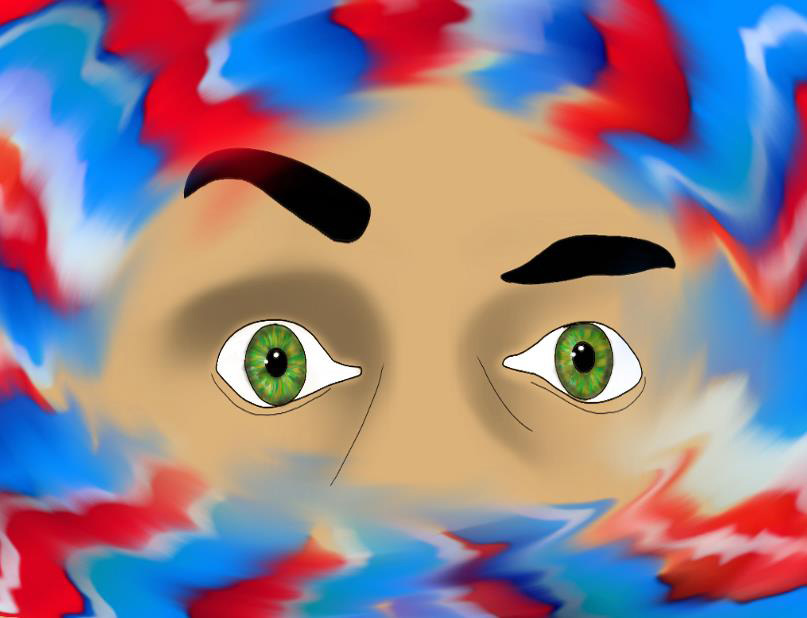
A recent Yale cognitive science study, published in the journal Cognition, has demonstrated that humans can be aware of a visual image’s statistical information without perceiving its individual elements.
The study, published online last month, plays into an ongoing debate about whether humans execute sparse or rich visual awareness. Those who have done research on change blindness — a visual phenomenon in which people do not notice a major change in an image -— believe that people normally execute sparse awareness. On the other hand, there are other perceptual psychologists who believe that people actually execute rich visual awareness due to iconic memory — vivid short-term memory for visual images — but people just do not report how much they remember. The Yale study suggests that people have sparse awareness but an over-arching understanding of an image’s statistical properties, study authors said.
“There’s this interesting conflict where, on one hand, you feel like you’re really aware of everything in the world; on the other hand, you know that you actually miss a lot of what’s happening. And so, with this study… I wanted to try and figure out if there was a way to possibly reconcile these two views,” said Emily WardGRD ’16, co-author of the study and a Yale Psychology Ph.D candidate specializing in cognitive neuroscience.
The study was conducted by researchers at the Yale Perception & Cognition Laboratory under cognitive science professor Brian Scholl.
Participants were placed at computers that first displayed a fixation primer: a cross in the middle of the screen where participants were directed to look, then a white rectangle and finally a 4 x 6 array of colored alphabet letters. This array had letters with either high or low color diversity. After the array, the participants were shown a black screen followed by a “spatial letter cue,” a white bordered square.
“The design of the study was, on one hand, if you’re aware of all of these rich details, you should be able to report specific parts of a scene, you should also be able to report general properties of a scene, and you should notice changes to any of those individual elements,” Ward said.
In the first experiment, 12 participants were instructed to report the letter they had been directed to. Then, they were asked to report if they thought the color diversity of the array was low or high. The participant could answer either in regards to the specific cued row or the rest of the array. Finally, participants were asked to select one out of four experiences describing how clearly they were able to perceive the colors of the letters ranging from no color perception to detailed perception of individual colors of letters.
The second experiment, which involved 24 participants, was similar to the first experiment, but participants were shown the array twice. For half of the trials, the colors of the non-cued letters of the array were changed the second time the array flashed on the screen. Participants, who reported the letter they were cued to see, were asked if they were aware of the color change and the amount of color diversity in the array.
The third experiment, which involved 36 participants, was nearly identical to the second experiment, except at the onset, the array did not have specific letters, but identical color “digital placeholders” which changed into letters and stayed on the screen until the screen went black.
The methods of this study were modeled after those from the study “We See More Than We Can Report: ‘Cost Free’ Color Phenomenality Outside Focal Attention,” published online in the journal Psychological Science. Both studies found that participants were able to report the color diversity of the non-cued rows in the array, even when they could not detect any individual changes in the letters. However, the 2014 study authors concluded that this gives credence to theory of rich awareness, claiming participants stored the visual information in short-term memory. The study authors claimed that the short-term iconic memory would disappear before participants could report the detailed information.
The current Yale study, however, drew the conclusion that people were not recognizing the individual details, giving more credence to the phenomenon of sparse visual awareness, Ward said.
According to Ward, the next step is to investigate to see if there is a mechanism that allows for visual information to register a perception into consciousness.







